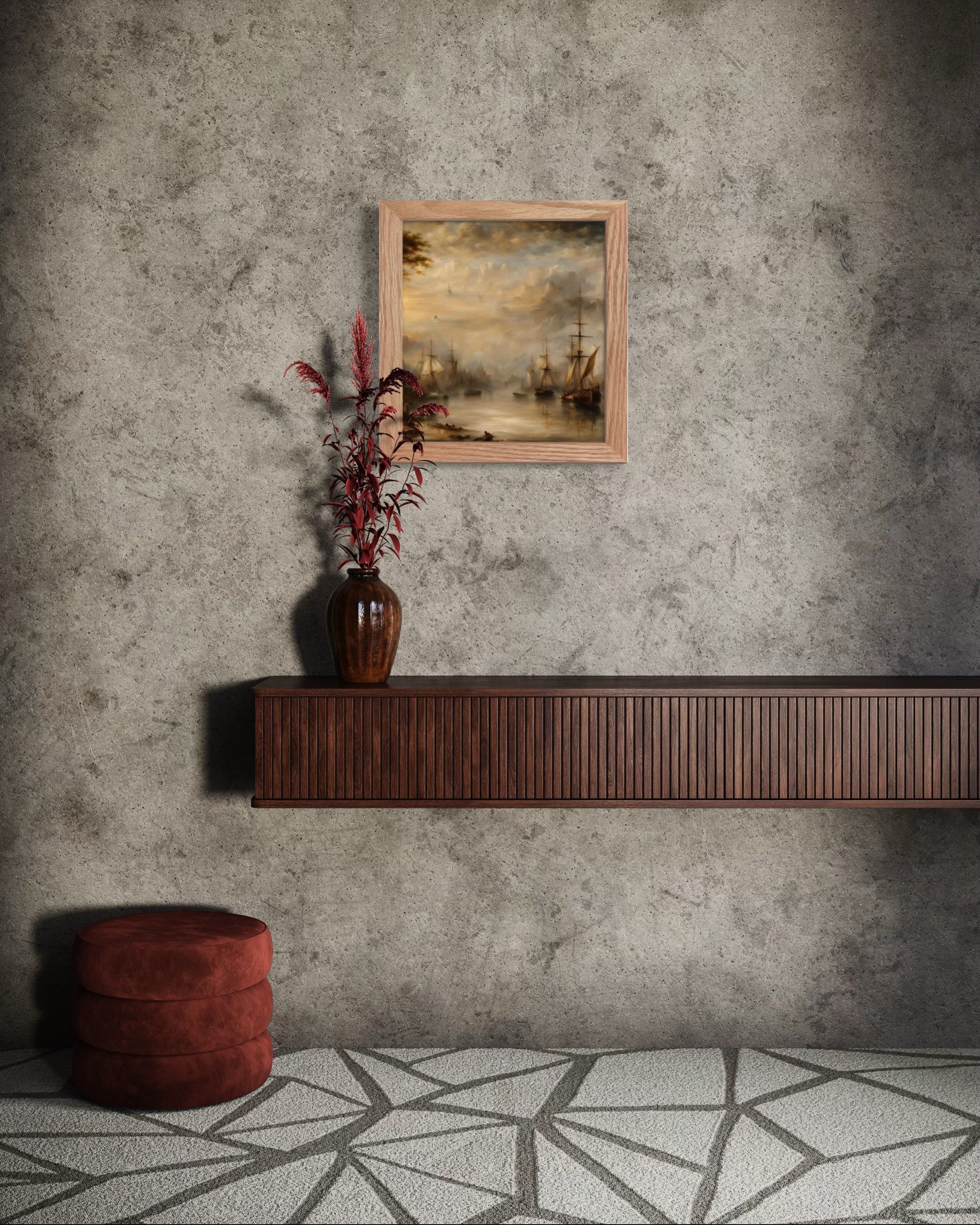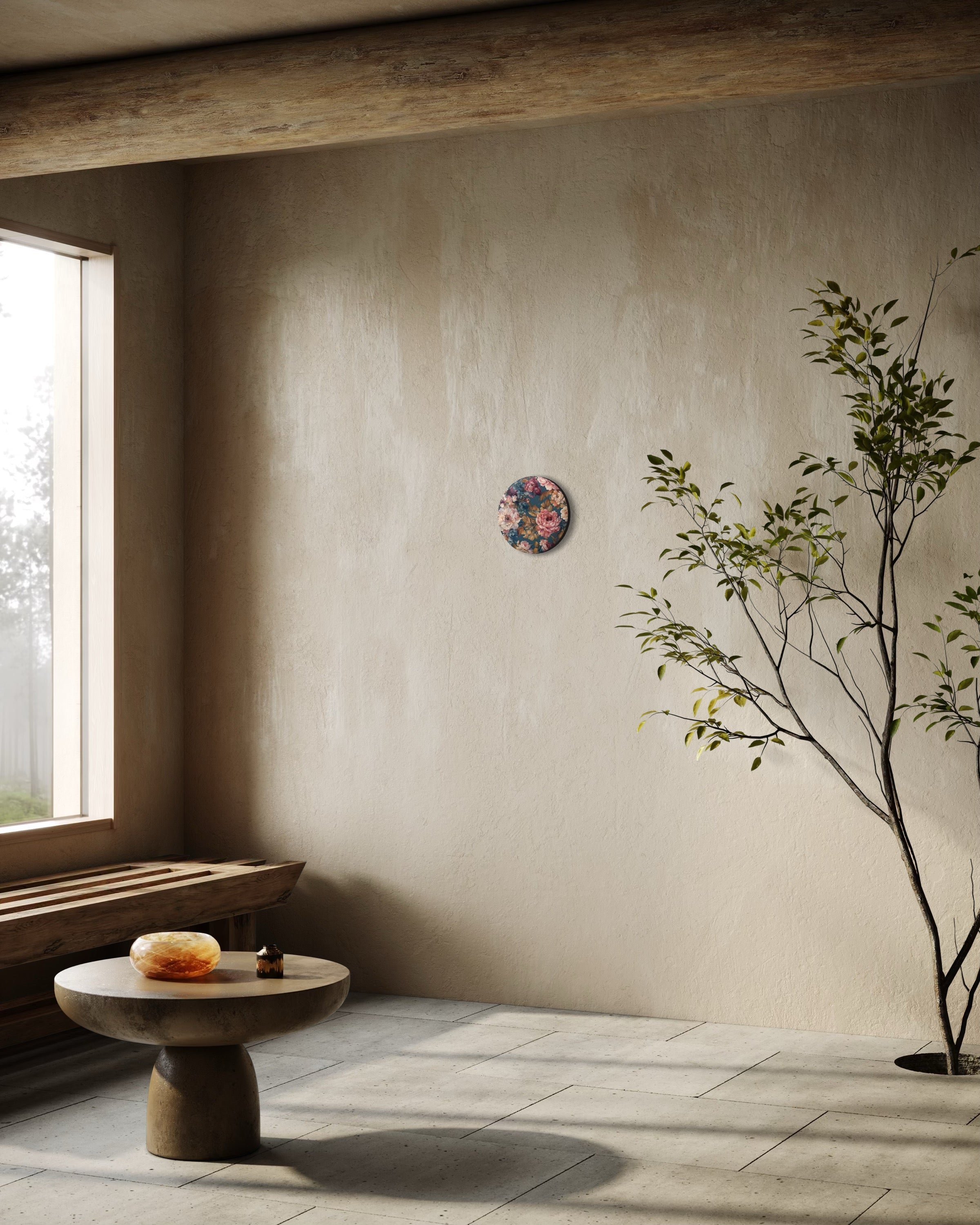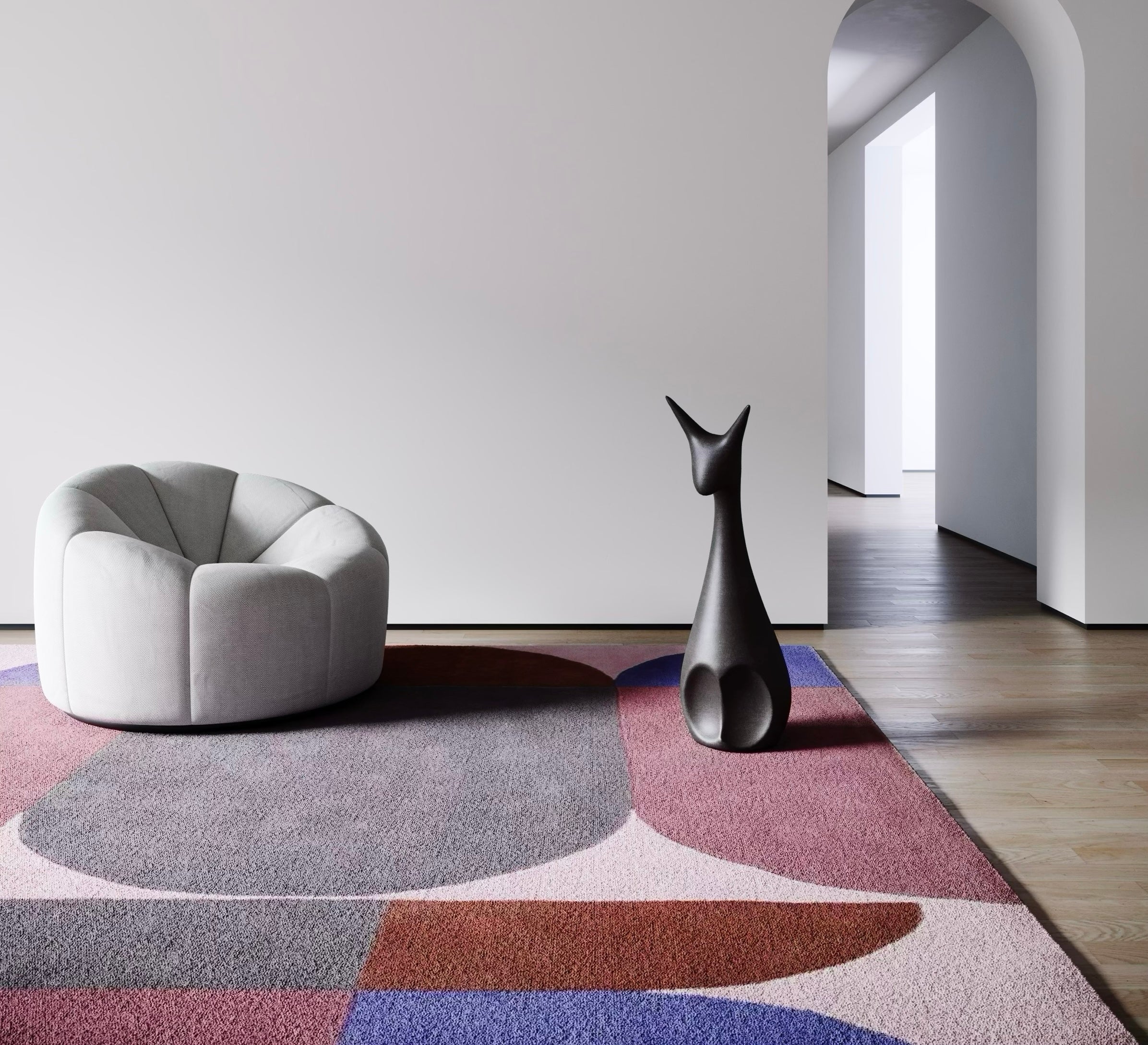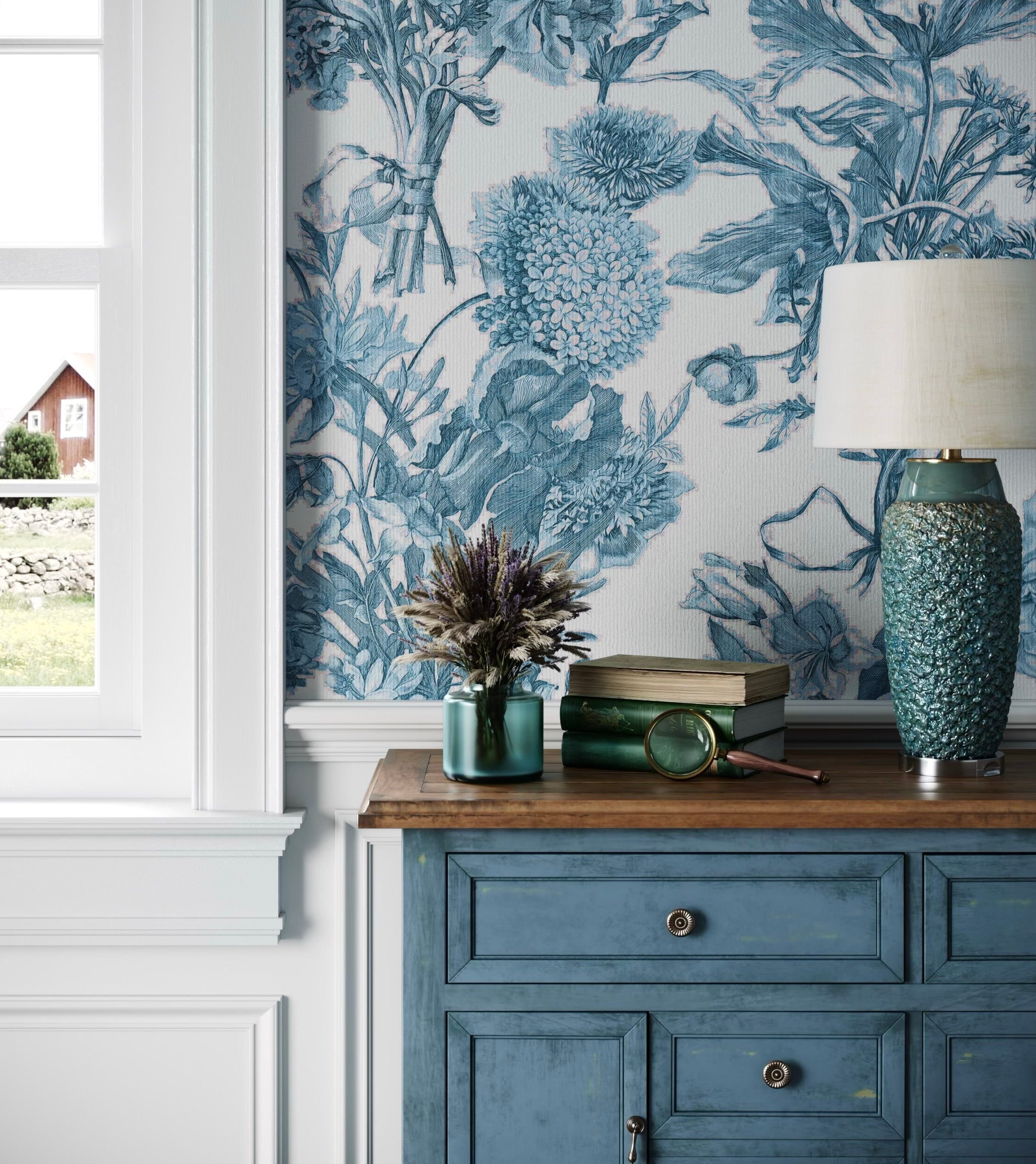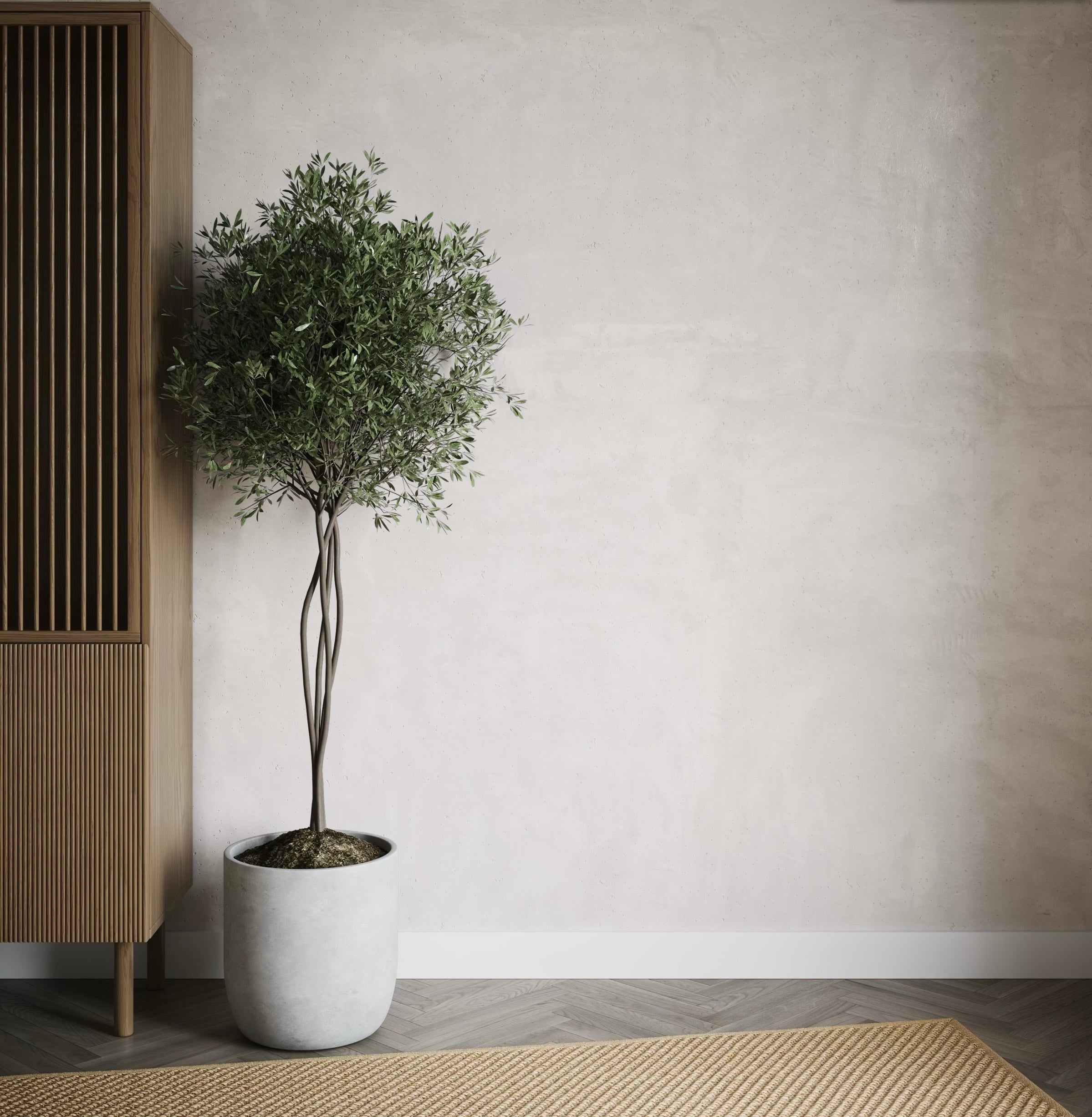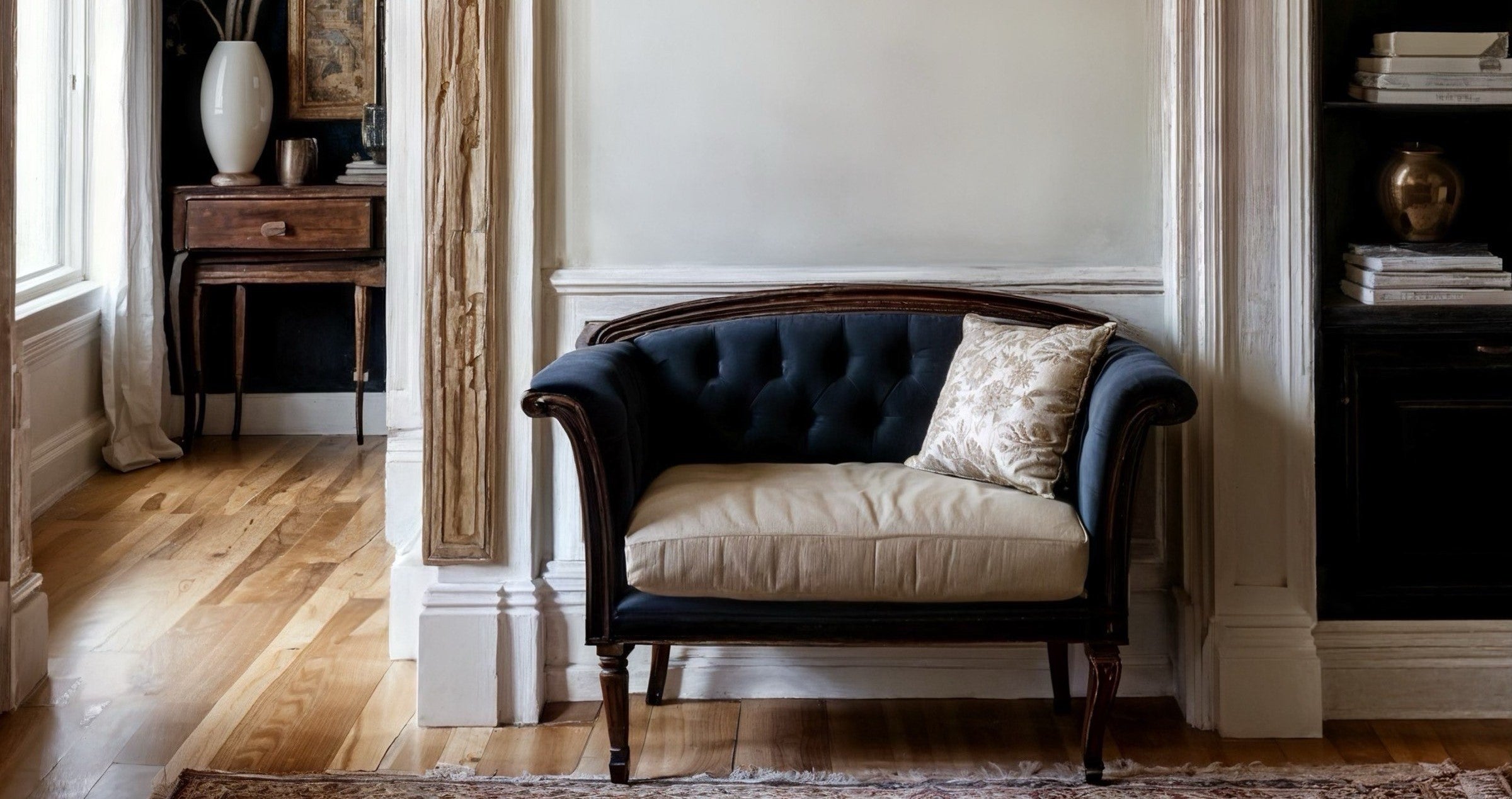
Creating an Opulent Art Deco Living Room: A Step-by-Step Guide
Style your living room in an Art Deco theme for that dash of glamour and opulence typical of the 1920s and 1930s, with that timeless look combining boldness and elegance. This piece is an deep look on how to achieve that sophisticated look—from colour palettes to décor choices—and why Art Deco still keeps its place as one of the popular ways to improve your interior design.
Definition of Art Deco
Art Deco emerged as a response against the crammed-with-ornament past - it closed the era of decorative, setting of luxury and opened the epoch of technological achievement. Bevis Hillier states in his book titled Art Deco of the 20s and 30s that "it emerged as an assertively modern style, developing from a decorative language, to an architectural and industrial one, and utilizing sharp-edged geometric forms" (Hillier, 1968).
It swept through architecture, fashion, and interior design, bequeathing to posterity bold shapes and lavish materials.
According to Patricia Bayer's publication Art Deco Interiors: Decoration and Design Classics of the 1920s and 1930s, "The Art Deco style was both a reaction to the preceding Art Nouveau and a reflection of the mechanised, modern world. It was inherently optimistic and forward-looking, representing progress, innovation, and a new form of elegance." (Bayer, 1990).
Why Art Deco, you ask ?
Here are some reasons why Art Deco is still very attractive to both homeowners and designers:
Timeless Elegance: It is full of contrasts, which, along with luxurious materials, gives it a timeless appeal beyond trendiness. "Art Deco's enduring appeal lies in its ability to blend modernity with elegance, creating interiors that are both stylish and timeless," writes Duncan.
Versatility: Because of its use of geometrical forms and streamlined furniture, Art Deco will serve almost any spacing requirement, be it compact apartments or spacious homes. As Bayer articulately states, "The versatility of Art Deco allows it to be incorporated into a wide range of interiors, making it accessible and appealing to many."
Historical Importance: Art Deco puts the owner in touch with a time in history that is very important to the progress and creativity in design. Hillier observes, "By bringing Art Deco elements into their homes, people can get closer to a milestone in design history that lives on, inspiring further creativity."
Personal Expression: There is personal expression in a created Art Deco living room by the choice of colours, furniture, and accessories one goes for to be in line with personal taste yet provide respect for a classic style. "Art Deco interiors offer a unique opportunity for personal expression, allowing homeowners to create spaces that are both stylish and reflective of their New Orleans flair," writes Bayer.
Colour Palette
Art Deco interiors are characterized by sophistication, as well as vibrancy in their colour schemes. Some colour works well:
Black and Gold: This can be considered the classic pairing for luxury and sophistication. Black provides a solid background on which gold elements glitter, further enriching the opulence of the space in its entirety. "Gold, in the Art Deco era, was not merely a colour but a symbol of affluence and aspiration," writes Alastair Duncan in Art Deco Complete: The Definitive Guide to the Decorative Arts of the 1920s and 1930s.
Tip: Choose black as a background and incorporate gold elements to enhance opulence.
Ivory and Chrome: This is a palette lighter and more contemporary in character. It seems very much to suggest the slickness and sophistication one would expect of Art Deco design. Ivory provides a clean ground, and chrome accents add just a touch of glamour by their own reflective nature. According to Duncan, "Chrome and ivory together capture the feel of modernity and sophistication, carrying with them much of that sense of forward-looking expectation—the sheer modernism of the age."
Tip: Use ivory for a clean base and add chrome accents for a modern touch.
Jewel Tones: Deep tones such as the emerald green, sapphire blue, and ruby red bring in drama and richness into the decoration. Truly, colours were used to connote an air of wealth and sophistication in the Art Deco period. Bayer points out, "Jewel tones in Art Deco interiors create a sense of opulence and drama, mirroring the lavish lifestyles of the Jazz Age."
Tip: Incorporate jewel tones like emerald green, sapphire blue, and ruby red for a dramatic and rich look.
Walls and Flooring
The walls and flooring of the living room are fundamental to an Art Deco-styled room and form the character of the place:
Walls: Geometric, chevron, and stylised floral patterns in high-gloss paint or wallpaper are usual choices. These patterns not only add interest but represent an era in history where geometry and symmetry really took off in this country. "Wall decorations with bold geometric patterns were a means of expressing the dynamism and progressiveness of the age," writes Duncan.
Tip: Opt for high-gloss paint or wallpaper with geometric, chevron, or floral patterns.
Flooring: Nothing says Art Deco like classic black-and-white checkerboard tiling. But, for warmth and texture, why not go for something like polished wood with inlays or deeply coloured, solid plush carpets? "Flooring in Art Deco interiors was often as decorative as the walls, contributing to a sense of glamour and sophistication," explains Bayer.
Tip: Choose black-and-white checkerboard tiling or polished wood with inlays for the floor.
Furniture
One of the distinctive features of Art Deco furniture is its linearity, in which form and aesthetic combine with utility.
Materials: Typical materials are lacquered wood, glass, chrome, and mirrored finishes. Velvet or leather upholstery contributes to the effect of luxury and comfort. As Duncan puts it, "Material was very much carefully chosen in furniture of that era where the Art Deco period clearly reflects an interest in innovation and high-quality craftsmanship associated with a specific movement at that time."
Tip: Select furniture made of lacquered wood, glass, chrome, or mirrored finishes.
Shapes: Furniture should come from forms that are highly traceable, clean, and straightforward, thus demarcating this era's craze for streamlined design. From the arched sofa to the angular armchair, each of these pieces enhances the coherence of the aesthetic in the room. Hillier says, "The geometric shapes in Art Deco furniture were a nod to the machine age, celebrating the precision and efficiency of modern technology."
Tip: Opt for furniture with clean, traceable lines and geometric shapes.
Lighting
In an Art Deco-inspired living room, lighting is not only provided as a basic necessity; it actually makes a statement on its own.
Chandeliers and pendant lights: First set the tone. Fixtures with geometric forms, crystal embellishments, and metallic finishes make for pieces that not only give light to the space but also stand out as pieces that provide the finishing glam to the room. Bayer argues that "dazzling Art Deco lighting was designed to combine artistic flair with cutting-edge technology."
Tip: Choose chandeliers or pendant lights with geometric forms and crystal embellishments.
Table and Floor Lamps: Geometric lamps, constructed from frosted glass, chrome, and marble, only helps to make the concept stronger. Proper lighting is the mood setter and really makes all elements of the room's design shimmer. "The interplay of light and materials in Art Deco lighting fixtures was intended to create a sense of drama and sophistication," notes Duncan.
Tip: Use table and floor lamps made from frosted glass, chrome, and marble.
Accessories and Décor
The last details in an Art Deco living room are what come together to complete this look:
Mirrors: Huge, geometric-framed mirrors serve to bring dimension to a room and reflect light that in turn makes a room appear spacious and elegant. Sunburst mirrors are in great demand due to their panache for the Art Deco period. Bayer elaborates, "Mirrors in Art Deco interiors were both functional and decorative, enhancing the room's luminosity and visual impact."
Tip: Incorporate large geometric-framed mirrors to add dimension and reflect light.
Artwork: One should be on the lookout for bold geometric designs, abstract patterns, and stylised figures. Even black-and-white photography could support the ultra-modern look of Art Deco interiors. As Duncan puts it, "Art Deco artwork often mirrored the dynamic forms and vibrant colours of the period, adding to the overall sense of modernity."
Tip: Add bold geometric designs, abstract patterns, and stylized figures in your artwork.
Rugs and Upholstery: At the base of the seating area, add a rug; use one with a strong pattern, such as chevrons or zigzags. Rich jewel tones of cushions or metallic fabrics lend comfort and visual interest. According to Hillier, "Textiles in Art Deco interiors were chosen for their ability to add texture and pattern, creating a layered and luxurious look."
Tip: Place a rug with a bold pattern like chevrons or zigzags, and use jewel-toned or metallic fabrics for cushions.
Ornamental Pieces: Decorative elements, such as vases, sculptures, and clocks, are to complement the geometric patterns and opulent materials that abound in the space. Such accessories will only enhance the overall aura of chic and elegance. As Bayer tells it, "Every decorative object in an Art Deco room was carefully selected to contribute to the overall harmony and elegance of the space."
Tip: Select vases, sculptures, and clocks with geometric patterns and opulent materials.
In other words, an Art Deco-styled living room is not the only reproduction of some historical period, but the addition of glamour, luxury, and timelessness to that space. With due attention to the selection of colours, furniture items, lightings, and accessories, a living room can be arranged in Art Deco style to make it really sophisticated, elegant, and charming. Tell us what you think ?
